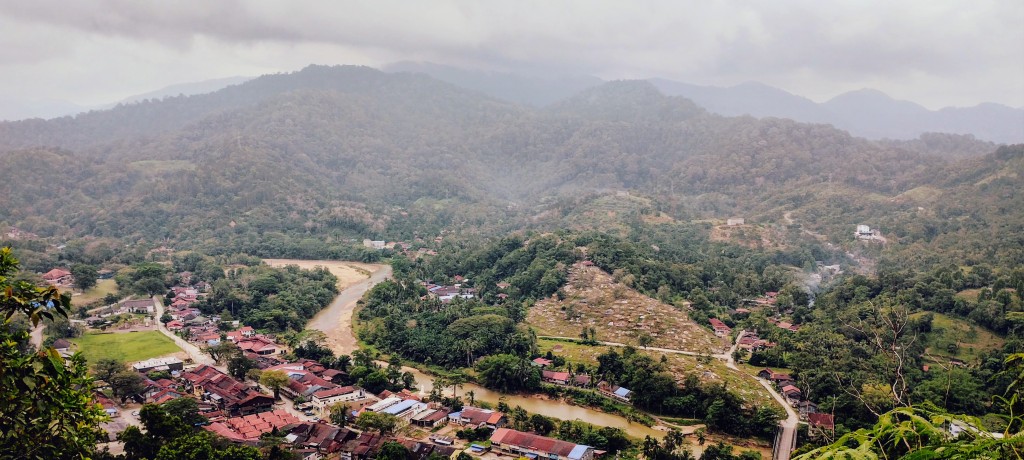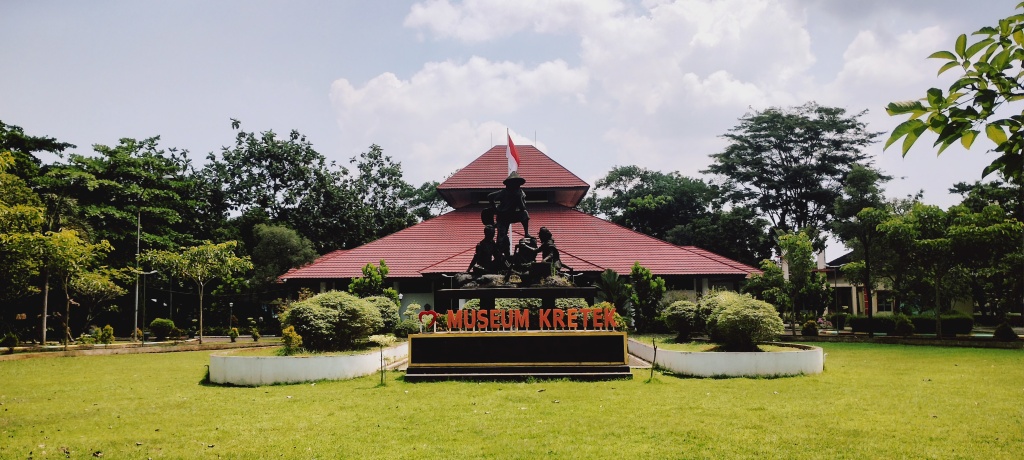April in southern Laos is not the balmiest time of year.
A visitor will note the mid-morning heat shimmering hazily from the surface of the verdant swathes of the attendant hills as the mighty Mekong river gurgles contentedly in the background. Overhead, the sun beats with such relentless aggression that everyone flees indoors for fear of heatstroke.
In short, the atmosphere is one of tranquil repose with subtle undertones of extreme danger for the unwary. The visitor would be a fool to brave such conditions without first preparing themselves. It was with this pioneering spirit that I found myself piloting a rickety bicycle along Champasak’s not entirely busy main road.
Read more: Music Review: The Orb, History of the Future, Part 2.
My destination, tranquil Wat Phu, was 6km away. The ruined Khmer temple, of first Hindu then Buddhist persuasion, has lain dormant at the base of its parent mountain, Phu Kao, for many aeons.
After an exhausting cycle, aided by the canine bodyguard I acquired en route, I reached the impressive site. Staring across the flat earth at this imposing multi-levelled edifice, the image of an imperious but decrepit colossus blindly surrendering to the ravages of time branded itself upon my imagination.
Lichens swabbed the ruined palace buildings of the lower level while the ground slowly swallowed fallen masonry. Daubs of orange, grey and black formed psychedelic swirls on the weathered mortar. And yet, the atmosphere remained vibrant with calm and serenity. All was silent save for the circling of birds and rustling of trees.
Despite the temple’s obvious disrepair the vanguard of dok champa, Laos’ national plant and planted at every Buddhist temple, provided welcome relief from the blast furnace rays of the sun. In southeast Asia, the flower is considered sacred, and it imbues a certain kind of sanctity upon any site in which it grows.
With the sun reflecting off the champa’s distinct white petals and highlighting skeletal branches reaching deep into the earth, I became transfixed: at the heart of the flower lay a yellow spiral, compact and heavenly gilded, where the petals intersected and shrunk into nothingness, as though affording the briefest glimpse into the infinite vicissitudes of history itself. The celestial flowers provided a suitably grand backdrop for my ascendancy to the upper levels.
Grand stronghold
Further exploration revealed more of Champasak’s history. The natural spring that has never dried out; the wall carving highlighting the trinity of Shiva, Vishnu and Nom; the mysterious crocodile stone that, rumours suggest, provided the terminal backdrop for countless human sacrifices. All pointed towards a grand sense of pageantry and intrinsic importance seemingly at odds with Wat Phu’s eternal slumber.
As I stared out over the spectacular patchwork of the Mekong Valley, it felt as though the area was in the thrall of this tiny beacon. The harmony it emanated seemed to have flattened the surrounding vicinity.
The neighbouring super-temples — the brooding grandeur of Angkor Wat, the t-shirts and touts of Wat Pho, the mountainside stupas of Borobodur — rightly have the kudos but, to my mind, secluded Wat Phu stands alone in terms of contentment.
Walking back to my yapping fan club, I took in one last panorama of Wat Phu Champasak. There it stood: a worn monolith placidly surveying its domain, existing and riding out the ravages of time. Its buildings may crumble, and its borders might become indistinct and overgrown, but its memory will always remain.








Leave a comment